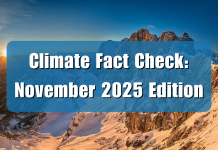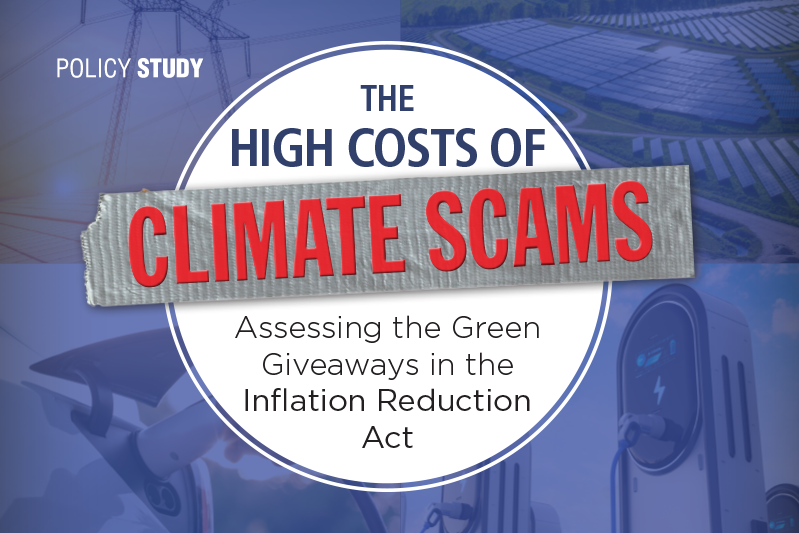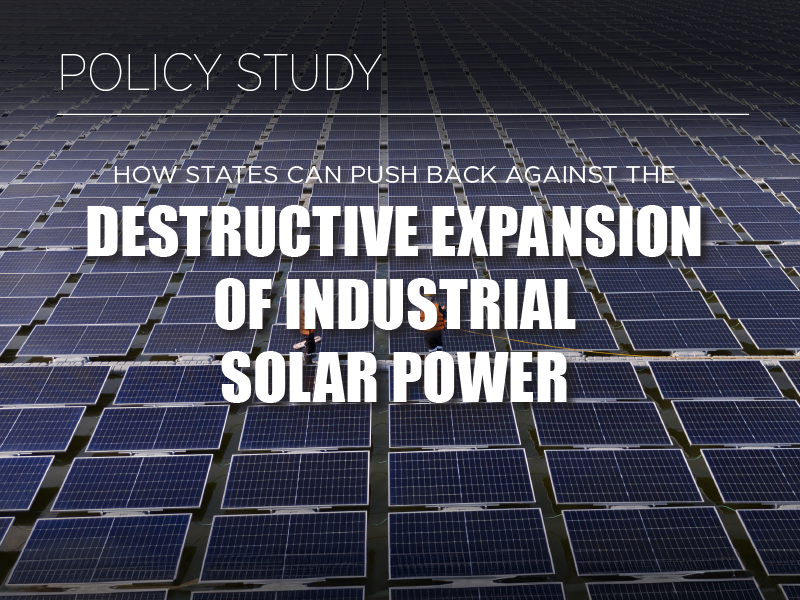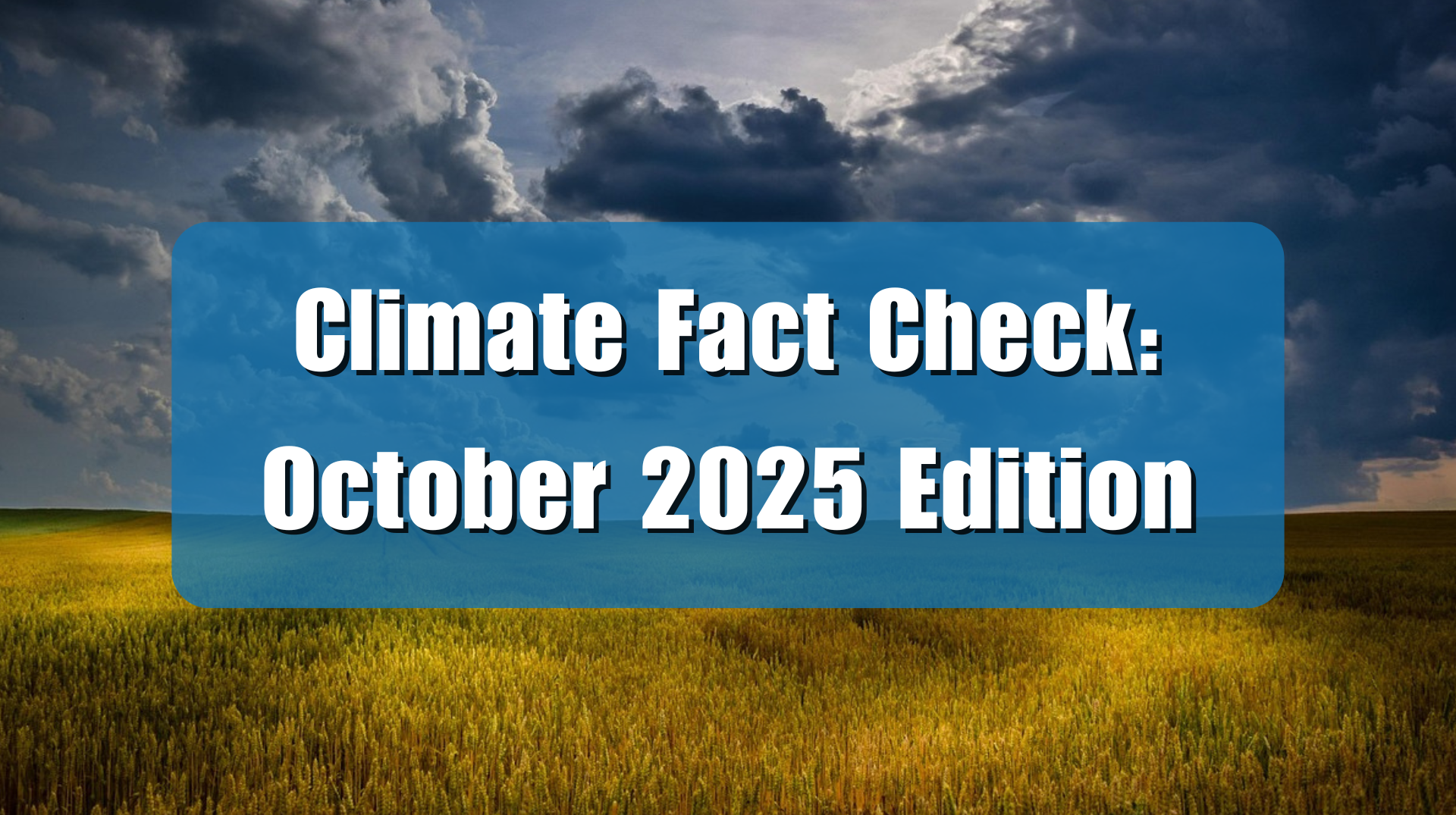by Cliff Mass, Ph.D.
The Seattle Times had a startling revelation on its front page last Sunday: the top of Mount Rainier is shrinking due to global warming (see below).
According to this article, the frozen ice cap at the summit is melting “as the atmosphere warms.” Unfortunately, this claim is false and can easily be shown to be untrue. Another error-filled article by the Seattle Times Climate Lab, a journalistic enterprise funded by climate activists.
Why is this claim obviously false?
Because the top of Mount Rainier is so high that temperatures at the crest are consistently below freezing, even with a warming planet.
In addition, the added moisture associated with global warming would tend to INCREASE the amount of snow at that elevation (warm air can contain more water vapor than cooler air).
Let me demonstrate that the top of Rainier is not melting from global warming.
The crest of Mount Rainer is 14,410 ft above sea level. The nearest upstream upper-air observation location is the NOAA/NWS radiosonde launching site at Quillayute, located on the northern Washington coast. Below is the climatology of the melting level at this location, with the melting level being the elevation at which the temperature falls to freezing. Above the melting level, temperatures are below freezing. The red line is the elevation at the top of Mt. Rainier. This graph is based on over 50 years of data.
Notice something in the figure? The freezing level is virtually always below the top of Mt. Rainier (the crest of Mt. Rainier is below freezing nearly all the time).
Has the freezing level ever reached the top of Rainier? Yes, but not recently.
The following figure shows the daily climatology of the freezing level of the air approaching western Washington (again based on the radiosonde sounding at Quillayute). The horizontal red line shows the elevation of the top of Mt. Rainier. The light red line shows the daily highest freezing level. The black line is the daily average freezing level, which is around 2000 ft during the winter and 6000-8000ft in summer.
Between November 1 and April 1, the snow accumulation season, the freezing level has only reached the crest of Mt. Rainier twice. Over the summer about 20 times.
Now the key point, All these above-freezing temperatures at the creest were in the historical past, with NO RECENT cases. Let me prove this to you.
Here are all the dates when the freezingly level at Quillayute ascended above the top of Mt. Rainier.
Twenty-six dates. The most recent was 2006, 18 years ago.
Let me repeat. 18 years ago.
Most of the “warm” events were in the 1950s and 1960s. There is no trend toward more above-freezing temperatures at the top of Mt. Rainier. In fact, the evidence suggests just the opposite.

Thus, warming temperatures are not the cause of reduced snow at the top of our favorite mountain.
The claims of the Seattle Times front-page article are demonstrably false. Global warming is NOT causing loss of snow at the top of Mt. Rainier.
Now, let me be clear, warming lower down on Mt. Rainier (say at 6000 ft) is happening and that could impact snow and glaciers well down the mountain. BUT NOT THE CREST AS DESCRIBED IN THE ARTICLE.
If snow/ice is being lost at the top of Rainier it has to be for other reasons, such as less precipitation, strong winds, or human impacts.

The Seattle Times Climate Lab repeatedly publishes climate-related articles that are incorrect. Articles that hype or misinform about climate change. The Seattle TimesClimate Lab is supported by outside money, groups with a climate advocacy agenda.
Our region deserves factual, rigorous journalism on this important subject. Climate Lab is failing to provide it.















![154228141_twitter-post_normal_none[1]](https://climaterealism.com/wp-content/uploads/2024/10/154228141_twitter-post_normal_none1-696x348.webp)











